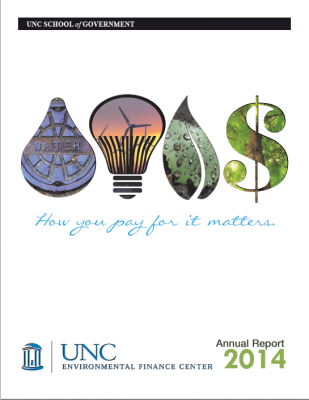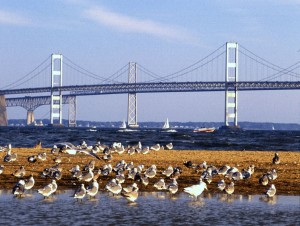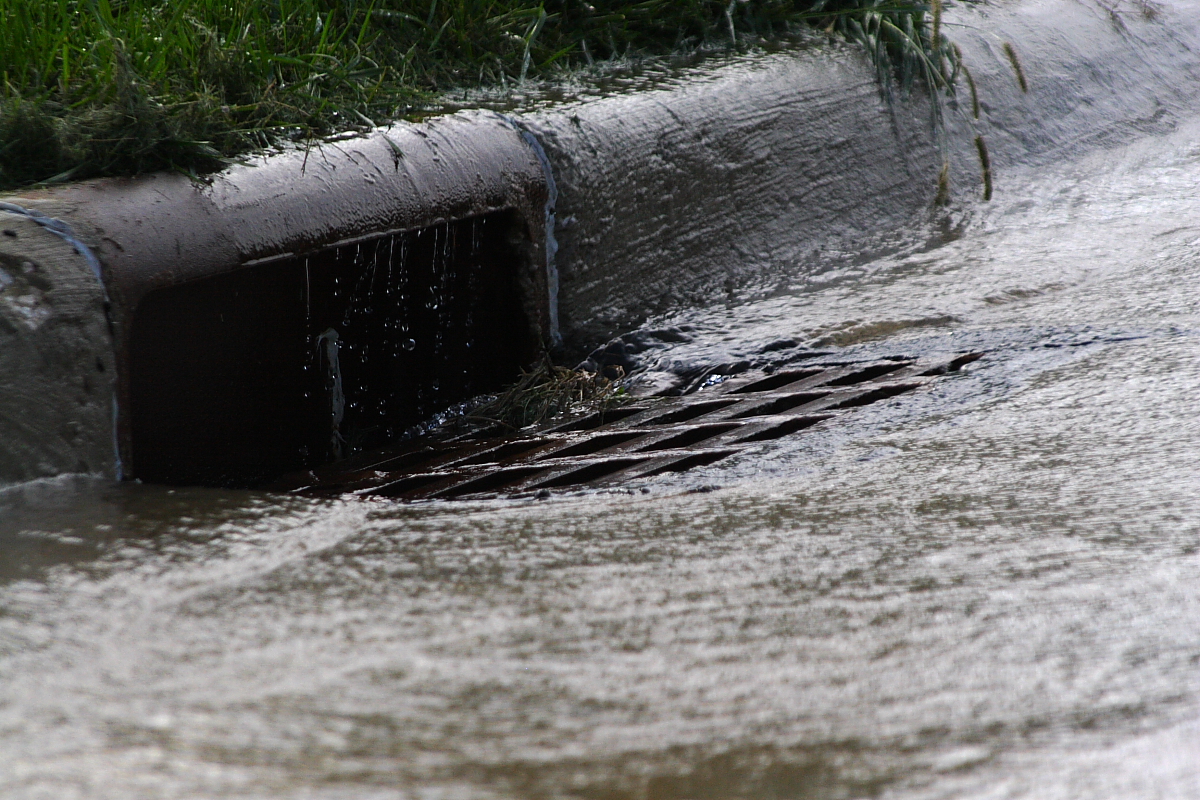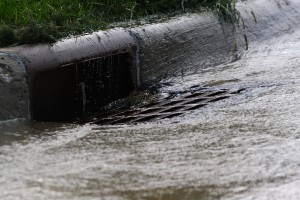Springtime in North Carolina normally showcases two things I love: the environment and teamwork.
Even if your work doesn’t involve environmental protection, it’s hard not to think about environment this time of year with trees budding out in a green wave, flowers blooming everywhere, and rivers churning with winter and spring rains. At the same time, everyone is talking about teams. It’s NCAA basketball tournament time, and it’s hard to walk down an office corridor or go into a restaurant without someone talking about teams and team strategy.
I couldn’t help thinking about these two subjects as I helped write our annual report this year, because they are the very same subjects that dominate our work. Obviously we are focused on the environment – it’s in our name, and the drive to protect and preserve the environment is the constant force that runs through our diverse portfolio of projects.









